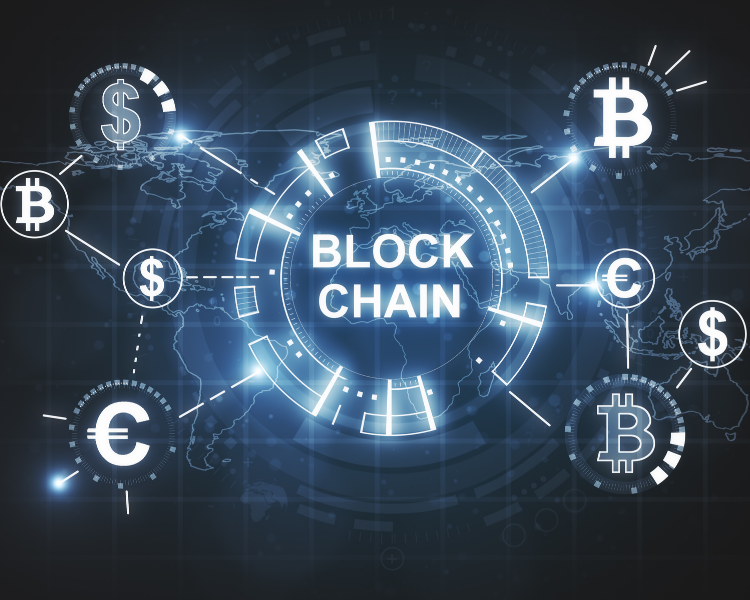
NFTs are all the rage in the digital world these days, especially with NFT artworks selling for millions of dollars. Collins Dictionary has even announced NFT as 2021’s Word of the Year. And with popular brands such as Nike and Starbucks joining in on this new phenomenon, ordinary folks (like us) might wonder – what’s going on?
In this 3-part blog article, we will try to uncover the world of NFTs by providing a basic guide, from its definition, how it works, what makes it so popular, to whether it’s worth investing in for the future.
What is an NFT?
NFT stands for non-fungible token. According to Wikipedia, it is a financial security consisting of digital data stored in a blockchain, a form of a distributed ledger. If that last sentence felt like reading a mouthful of jargon, no worries, we’ll try to break it down and simplify it for you.
Fungible vs. Non Fungible
The term “fungible” is derived from the Latin verb fungi which means “to perform”. When we say something is fungible, it means that it can be exchanged for something else of the same kind. For example, a $100 bill can be exchanged for any other $100 bill or for 5 pieces of $20 bills and the value remains the same.
Other examples of fungible goods are commodities such as oil or grains. Cryptocurrencies are also considered a “fungible” item.
“Non-fungible”, on the other hand, refers to items that have unique qualities that either add or subtract value from them. One example is in real estate. Let’s say there are identical houses on the same street with the same lot size. These properties will never have the same price because they are in varying states of repair, or each house has a different view of its surroundings.
Another example of non-fungible items is paintings. Although Da Vinci’s Mona Lisa and a 6-year-old’s art project are both considered paintings, they have different values and are, therefore, not interchangeable.

What is a blockchain?
A blockchain, in simple terms, is a system of recording information in a way that makes it impossible to change, hack or cheat the system.
To give you a brief back story, multiple attempts at creating digital money before have failed due to one main issue: trust. Most normal databases are run by people who can change the entries, which means they have the capacity to steal the money for themselves.
But with a decentralized database, nobody is in charge. The ones who use the database are the ones who run it. This is known as Distributed Ledger Technology. The transactions are recorded with an immutable cryptographic signature which means that if one “block’ or record on the chain was changed, it would be extremely obvious to have been tampered with.
This technology has made cryptocurrencies and NFTs possible nowadays.
How does an NFT work?
Simply put, a Non Fungible Token is a digital asset that represents internet collectibles such as artwork, videos, music, and games. And since “non-fungible” means unique and non-interchangeable, this representation allows the original owners of these assets to have a digital certificate of authenticity and proof of ownership through blockchain technology.
How does that translate into real life? Imagine you’re an artist who wants to sell your digital art online. But then putting up digital art on the internet makes it a lot easier for anyone to just download and make copies of it. Why would anyone want to buy your art then?
Here’s where NFTs play an important part. You can purchase an NFT for each of your digital artwork so that when people buy it, they know for sure that it is the real one. This means that there may be thousands of copies of your work floating around the internet, but only one has the bragging rights to be called the authentic one.
This further creates a sense of rarity to collectible items, which oftentimes could jack up their value in the long run. Moreover, NFTs allow the original creator to profit from secondary sales and royalties which can result in massive sales.
The most popular NFT Artwork of 2021 was a composite of 5,000 daily drawings named “EVERYDAYS: The Fist 5000 days,” by digital artist Beeple. It was sold at the Christie’s auction house for a whopping $69.3 million.
What are NFTs used for?
One can buy or sell NFTs online with the use of cryptocurrency or digital money such as an Ether or Bitcoin, although most NFTs can be found on the Ethereum blockchain.
NFTs that are minted (created) from digital objects represent tangible and intangible items such as:
- Digital Art
- Videos
- Music
- Game Skins
- Shoes
- Sports Collectibles
NFTs are essentially digital versions of tangible collector’s items. Rather than receiving an actual oil painting to put on the wall, the customer receives a digital file.
Also, NFTs can only have one owner at a time which means they get exclusive ownership rights. Because NFTs include unique data, it’s simple to verify ownership and transfer tokens from one owner to the next. They can also be used to hold specific information by the creator or owner.
To be continued…
For the 2nd part of this blog article, we’ll discuss a brief history of NFTs and what has made it extremely popular now. So stay tuned!